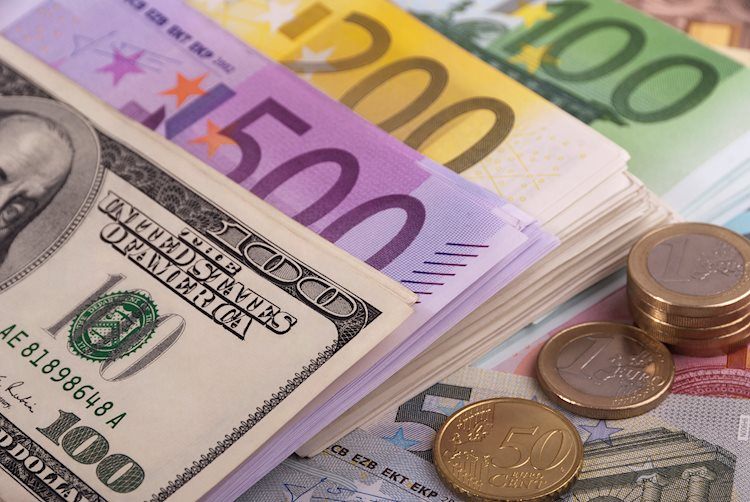The EUR/USD pair made modest gains, reaching around 1.0820 in the early Asian session on Wednesday. This limited upside is due to ongoing uncertainty surrounding the US presidential election and forthcoming key US data releases. One such data point was the US job openings, which dropped to the lowest level since early 2021, down by 418,000 to 7.443 million by the end of September. This was worse than the expected 7.99 million. On the other hand, the US Conference Board’s Consumer Confidence Index rose to 108.7 in October, above the market consensus of 99.5, showing improvement in perceptions of the labor market. Traders are anticipating a potential rate cut by the US Federal Reserve (Fed), with the US ADP Employment Change for October and the advanced Gross Domestic Product (GDP) for the third quarter serving as indicators for the magnitude of the rate cut.
Traders are also closely watching the European Central Bank (ECB), expected to cut its Deposit Facility Rate again. There is uncertainty whether the ECB will continue the rate-cut cycle with small reductions of 25 basis points (bps) or opt for larger reductions. Money markets are predicting nearly 50% odds of the ECB rate reductions by half a percentage point in the December meeting. Additionally, upcoming data releases from Germany, such as the preliminary Consumer Price Index (CPI) inflation data and the flash Q3 GDP Growth Rate for Germany and the Eurozone, will be important in shaping market sentiment. ECB’s Schnabel is scheduled to speak later in the day, adding to the overall outlook for the Euro.
The Euro is the official currency for 19 European Union countries in the Eurozone and is the second most traded currency globally after the US Dollar. The European Central Bank (ECB) is responsible for setting interest rates and managing monetary policy for the Eurozone. The ECB’s primary goal is to maintain price stability, which involves controlling inflation or stimulating growth through interest rate adjustments. Economic indicators such as inflation data, GDP, Manufacturing and Services PMIs, employment, and consumer sentiment surveys play a crucial role in determining the strength of the Euro. Positive economic data can attract foreign investment and potentially lead to interest rate hikes, strengthening the Euro.
Eurozone inflation data, measured by the Harmonized Index of Consumer Prices (HICP), is closely monitored as it influences the ECB’s decisions on interest rates. High inflation may prompt the ECB to raise rates, benefiting the Euro. Additionally, data releases like the Trade Balance, measuring the difference between exports and imports, impact the Euro’s value. Positive trade balances strengthen a currency, as it signifies increased demand for exports. Furthermore, economic data from major Eurozone economies, including Germany, France, Italy, and Spain, hold significant weight as they account for a large part of the Eurozone’s economy. Traders and investors closely follow these economic indicators to make informed decisions regarding the Euro’s performance in the market.











